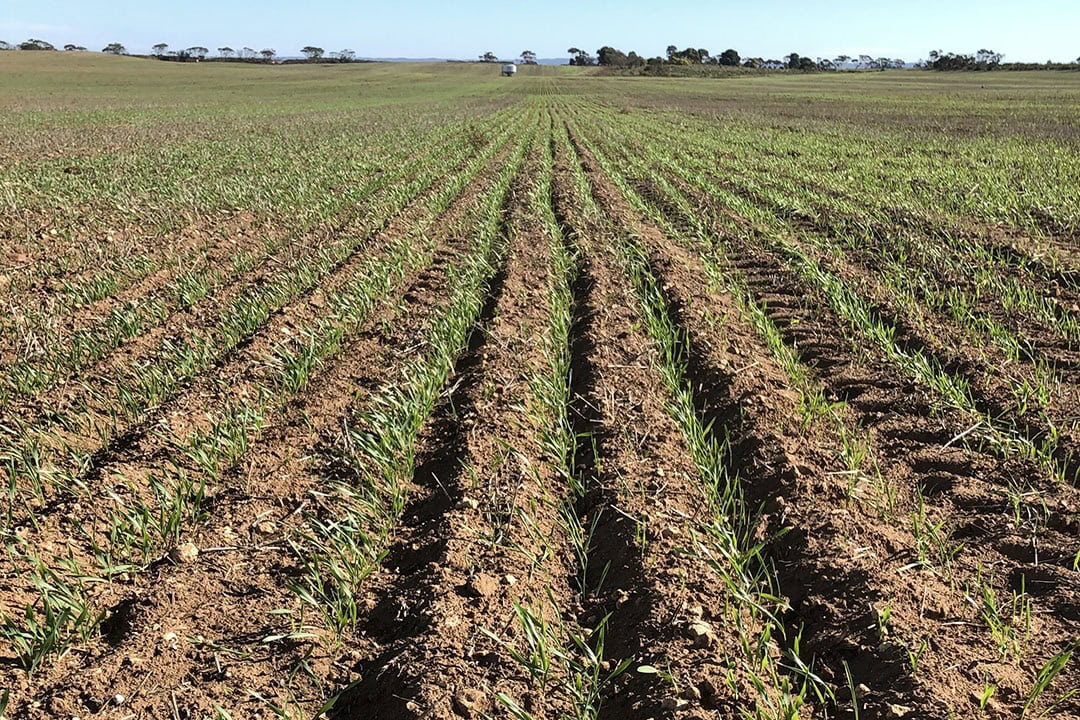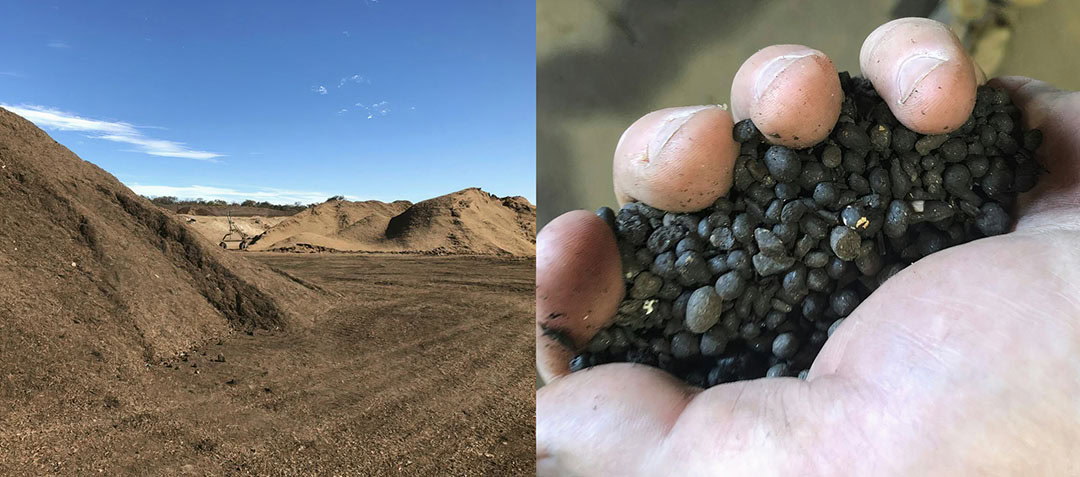Scientist Susanne Schmidt: ‘ExactShot precision fertilisation is a piece of the puzzle’

Australian Professor Susanne Schmidt of the University of Queensland says the new John Deere ExactShot precision fertilisation technology is a piece of the puzzle to achieve climate-smart and cost-effective agriculture. “The global numbers of fertiliser waste are quite mind-boggling.”
John Deere’s ExactShot places starter fertiliser precisely onto seeds as they are planted in the soil. The precision fertilisation technology uses sensors and robotics and can replace the current practise, where farmers are applying a continuous flow of fertiliser to the entire row of seeds. The technology reduces the amount of starter fertiliser needed during planting by more than 60%.
“Without having seen any data, I think it is a good idea”, Professor Schmidt says. ”As long as the fertiliser is not too concentrated, so that the seed would experience toxic quantities. Not putting the fertiliser between the seeds could be really smart, because the seeds are then sucking up the nutrients, without allowing weeds to grow. A big problem currently with fertiliser practices, is that farmers fertilise everything, the crop and the undesirable plants. I’ve seen previous studies, where people put fertiliser put under the seed, and that also showed much higher efficiency.”
Text continues below image

Half of fertiliser used goes to waste
“The global numbers of fertiliser waste are quite mind-boggling. Around 50% of nitrogen fertiliser and phosphorus fertiliser, that is put on the field, is not used by the crop. And that becomes an environmental disaster in many instances, with the release of greenhouse gasses and water pollution. Nitrogen can be broken down by soil microbes to release nitrous oxide, which is 300 times more powerful than CO2. We need to do much more for efficiency. For the environment, but also for the farmer. Fertilisers are expensive.”
Ms Schmidt thinks the John Deere precision fertilisation technology is promising, but would like to see independent assessments of scientists, farmers and agronomists. “They could share their experience and say when it works well, and if it works always for example. If I was a farmer, I would like to see that validation before I invested in a probably expensive piece of machinery. And there could be alternatives. Could I use coated seed with nutrients?”
Low adoption rate of precision ag tech
Currently, the adoption rates of precision farming technologies are still low, according to a recent study. In particular, in smallholder areas, farm managers are reluctant to adopt these technologies. Ms Schmidt understands that farmers could be hesitant. “If you need a computer degree, or some high-level education or have to use very expensive equipment, it stops people from using it.”
Only 30% to 50% of the nitrogen fertiliser ends up in the crop
“Precision fertilisation use makes perfect sense, but I would still argue that we need to do a lot more to improve soil that has been degraded, and struggles to hold on to the fertiliser. I have done a lot of work in sugar cane in Queensland, and hundreds of kilos of nitrogen is added to the soil when the plants are still as big a thumb. But they don’t need much fertiliser at the start. They grow very slowly. Farmers have to put it on at the start, because of rain, that makes the soil boggy. But it often doesn’t stay in the soil. Only 30% to 50% of the nitrogen fertiliser ends up in the crop.”
Text continues below image

Precision Compost Strategy
Professor Schmidt is co-author of a recent study from the University of Queensland’s School of Agriculture and Food Sciences. According to this study, adopting a Precision Compost Strategy (PCS) in large-scale agriculture could improve crop yield, soil health and divert biowaste from landfill where it generates harmful greenhouse gases. It could boost the annual global production of major cereal crops by 96 million tonnes, or around four percent of current production.
“We have many degraded soils in Australia, where the soil struggles to hold on to the fertiliser”, Ms Schmidt points out. “Often the organic carbon has disappeared, and you’re left with a dead soil that has all sort of problems. We need to think of how we make those soils more functional. We realised that compost adds organic matter, and offers a slow release of nutrients. If you just add compost, you’ll won’t get a good crop in many instances. But if you mix it with mineral fertilisers – fast-release and slow-release – then you can supply a crop with nutrients over a longer period. And you store what’s there, to maybe feed the crop the next year.”
Text continues below image
One part of the big picture
“There is plenty of interest in this strategy, but we need research and development to make this work for a West-Australian wheat farmer, a chickpea farmer in South Australia or a Queensland sugar cane farmer. This precision compost can be applied in bulk or as pellets with air seeder equipment. And it will help to make Australian agriculture more sustainable, which is necessary for export. The precision compost strategy is just one part of the big picture, it won’t solve everything. And the John Deere ExactShot precision fertilisation technology is also a piece of the puzzle to achieve climate-smart and cost-effective agriculture.”



